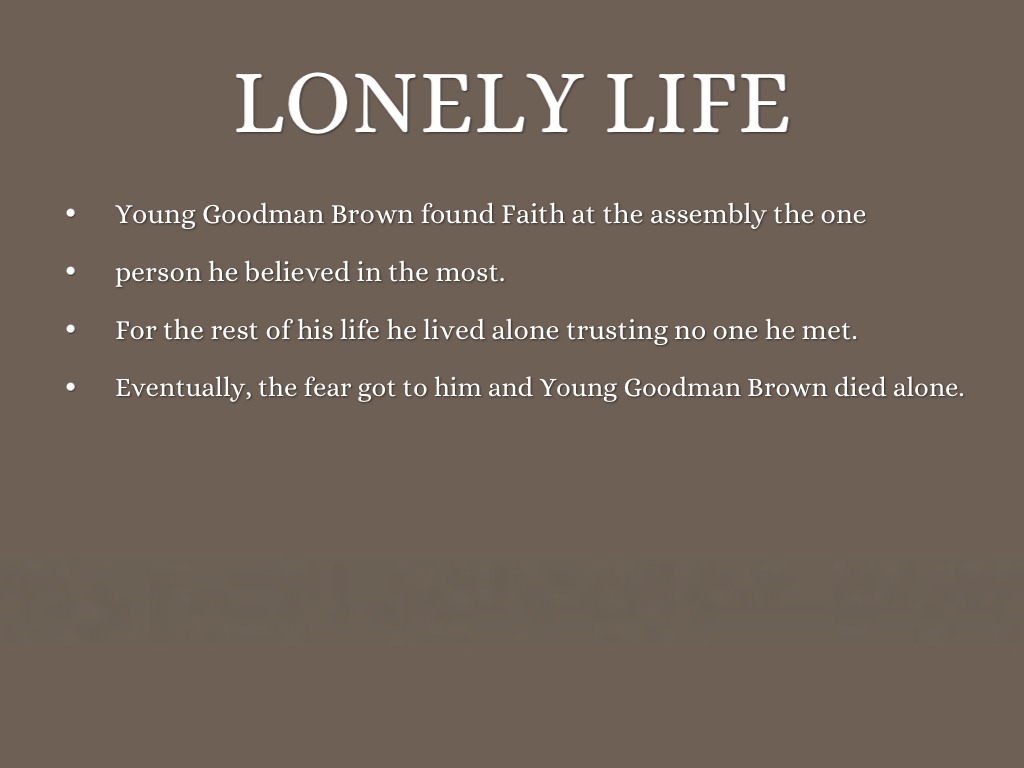In the world of social interactions, the concept of "dry begging" has gained considerable attention, particularly on social media platforms. This term refers to a subtle and often indirect way of asking for help or support without explicitly stating the request. It manifests in various forms, from vague status updates to seemingly innocent comments that hint at a need for assistance. The phenomenon raises questions about vulnerability, communication, and the boundaries of social etiquette in the digital age.
As we navigate our increasingly interconnected lives, the lines between genuine need and attention-seeking behaviors can blur. Dry begging often elicits mixed reactions from acquaintances and friends, with some feeling compelled to offer support, while others may perceive it as disingenuous or manipulative. Understanding the motivations behind this behavior can help clarify the social dynamics at play and the emotional implications for both the "beggar" and the audience.
Ultimately, dry begging invites us to reflect on our own communication styles and the ways we express our needs. Are we being honest about our struggles, or are we masking them behind a facade of subtle hints? This article delves into the complexities of dry begging, its impact on relationships, and how we can navigate this tricky terrain with empathy and understanding.
What is Dry Begging?
Dry begging is a term that describes a method of soliciting help or attention without making an explicit request. It often involves vague expressions of need or discomfort that leave the listener guessing about the underlying issue. This behavior can occur in various contexts, including social media, group chats, or face-to-face conversations. The key characteristic of dry begging is its indirectness, which can lead to misunderstandings and mixed messages.
How Does Dry Begging Differ from Direct Asking?
To fully understand dry begging, it’s important to differentiate it from direct asking. When someone directly asks for assistance, they are clear about their needs and expectations. For example, a person might say, "I'm struggling to pay my bills this month; can anyone help?" In contrast, a dry beggar might post a status like, "I really wish I could afford to go out this weekend." The latter leaves the audience to interpret the meaning and decide whether or not to offer help.
What Motivates People to Engage in Dry Begging?
People may resort to dry begging for a variety of reasons, including:
- Fear of Rejection: Some individuals may feel uncomfortable directly asking for help due to fear of being turned down.
- Social Pressure: There can be societal expectations that discourage direct requests for assistance, leading to more subtle approaches.
- Attention-Seeking: In some cases, individuals may use dry begging as a way to garner sympathy or attention from their peers.
- Vulnerability: Expressing a need directly can feel exposing, so dry begging serves as a protective barrier.
Are There Negative Consequences of Dry Begging?
While dry begging may seem harmless or even innocuous, it can lead to several negative consequences. These may include:
- Miscommunication: The indirect nature of dry begging can create confusion and misunderstandings among friends and family.
- Strain on Relationships: Repeated dry begging can lead to frustration among those who feel manipulated or unsure about how to respond.
- Emotional Toll: The person engaging in dry begging may experience feelings of shame or guilt if their hints go unnoticed.
How to Respond to Dry Begging?
Responding to dry begging can be tricky. Here are some tips on how to handle the situation effectively:
- Ask Direct Questions: If you suspect someone is dry begging, consider gently asking them if they need help.
- Offer Support: If you feel comfortable, provide assistance without making the person feel pressured to explain themselves.
- Encourage Open Communication: Foster an environment where individuals feel safe to express their needs directly.
Can Dry Begging Be Beneficial?
Despite its potential downsides, dry begging may also have some benefits. For instance:
- Encouraging Empathy: Dry begging can prompt friends to offer support and check in on one another, fostering deeper connections.
- Promoting Awareness: It can bring attention to issues that individuals may be hesitant to discuss openly.
Conclusion: Navigating the World of Dry Begging
In conclusion, dry begging is a complex social behavior that reflects deeper emotional needs and societal pressures. While it can sometimes serve as a means of fostering connection and support, it also has the potential to create misunderstandings and strain relationships. By encouraging open communication and understanding the motivations behind dry begging, we can cultivate a more supportive and empathetic environment for everyone involved.
How Can We Foster Healthy Communication?
To promote healthy communication and reduce the incidence of dry begging, we can:
- Encourage Directness: Create a culture that values honesty in expressing needs.
- Practice Active Listening: Be attentive to others’ feelings and experiences, allowing them to feel heard.
- Model Vulnerability: Share your own struggles openly to create a safe space for others to do the same.
In summary, understanding and addressing dry begging requires empathy, awareness, and a commitment to fostering healthy communication. By doing so, we can support one another in navigating the ups and downs of life with grace and honesty.
Is Joe Biden Alive? Understanding The Current Status Of The 46th President
Unveiling The Life And Journey Of Jimmy Osmond
Barron Trump And His Mystery Girlfriend: Who Is She?


